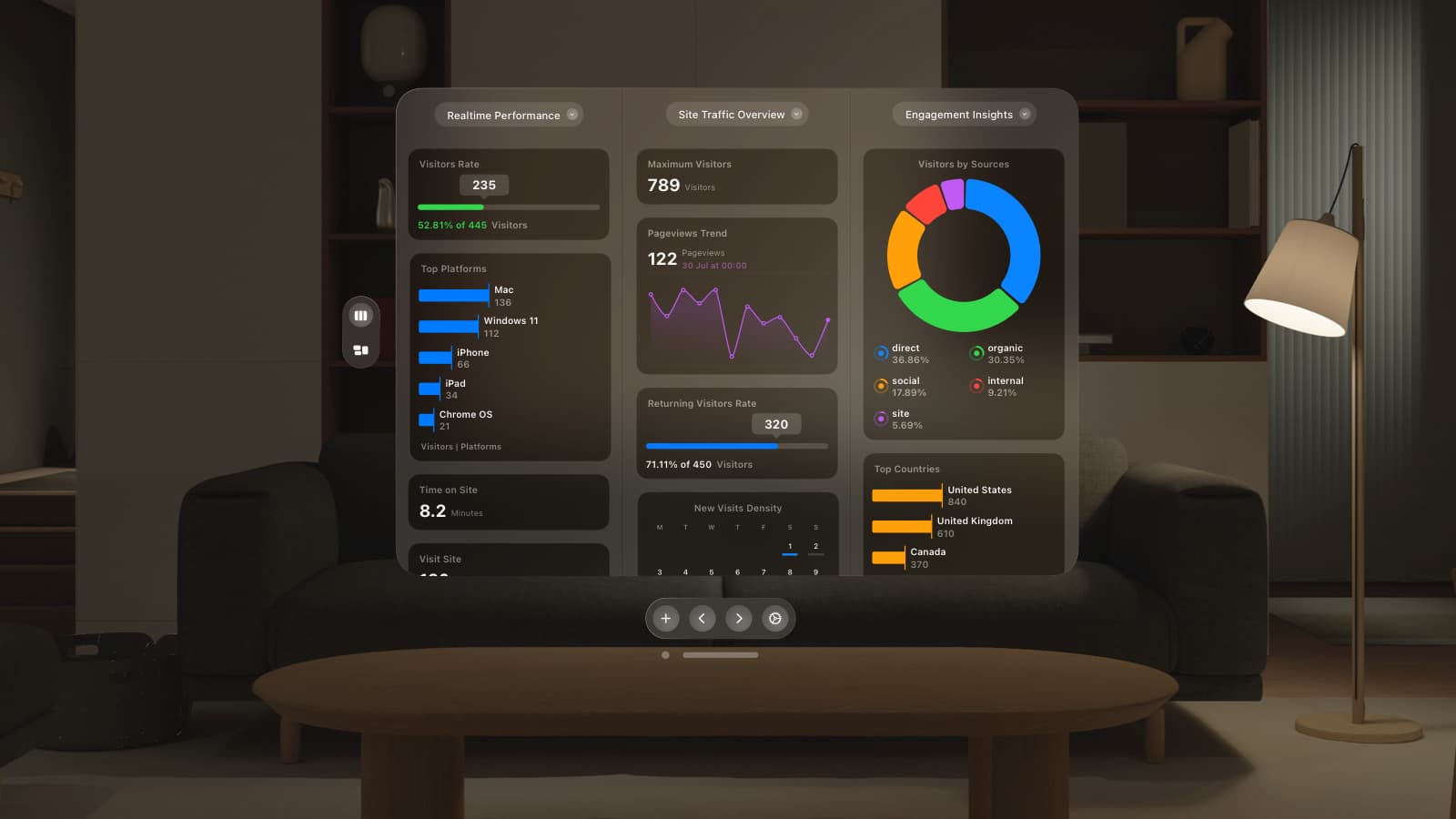
We’re in San Francisco this week at SaaStr Annual, the largest conference on building a SaaS business. We’ve been learning from some of the best names in the industry on how to start, how to market, how to sell, and how to win at building a great SaaS business.
In one of the first talks of day one, Lauren Vaccarello, VP Marketing at Box, shared insights on how to market to businesses of all sizes.
Common wisdom suggests that marketing to everyone, and selling to everyone is a disaster – you end up with the marketing equivalent of a beige couch, as Lauren puts it. It’s just meh. But Box have customers across the full gamut of business size – so how have they done it?
Segmentation
Box segments their customer base primarily by size. The marketing teams are responsible for filling different portions of the sales pipeline for different segments.
For example, marketing is responsible for filling 50-60% of the pipeline for companies with less than 100 employees. But for the enterprise deals, marketing is responsible for less than 20% of the pipeline.
If you break out your marketing into teams focused on segments, make sure you put someone in charge of each segment so they can be held accountable for why a segment is performing well or performing poorly.
Build messaging for each market segment
For small, medium and large customers, answer the following questions to get your messaging nailed down for each segment:
- How would you describe ideal customer?
- What attributes make for an deal account?
- What are their key objectives?
- What is the infrastructure or operating environment of your ideal customers?
- What re the buying triggers that drive these accounts to take action?
- What are the main reasons accounts don’t buy with us?
- What constitutes an account we absolutely can’t sell to? Why?
- What’s your Elevator pitch?
- What’s your value proposition?
Automation is key for SMB
When focused on small and medium businesses, you have a massive target audience. But it’s really hard to have high touch interaction with every customer, so you need to automate your interactions and be smarter about prioritisation.
A killer tip on the automation front was to use Optimizely for website optimisation to tailor your homepage to different sized companies depending on their IP address, and also based on where that prospect is in the pipeline.
High touch for enterprise
When targeting the Fortune 1,000, a lot of the tactics are different to how you tackle SMB. You have to focus on account-based approach to everything.
Combining insights from data science with insights from the sales team can enable you to figure out the right way to approach enterprise accounts. For example, which accounts have the largest total addressable market? Which have the highest likelihood of converting? You can also use predictive analysis to prioritise key accounts and decide who to focus energy on.
Dealing with the overlap between SMB and enterprise
Everyone uses the internet. Even enterprise businesses. So how do you avoid alienating either side of your customer base?
Using web optimisation, Box changes their homepage depending on what stage you’re at in the customer lifecycle – are you a customer or are you a prospect? Are you on a dedicated IP address and therefore likely a large business? Box will show a different to homepage to these enterprise customers compared to the homepage it’ll show to everyone else.
If you don’t know whether they’re big or small, Box has found it’s better to show the small business offering to get a business in the door, and then figure out who they are and whey need after.
Nurture leads through the funnel with great onboarding
Nurturing leads is about more than just a few emails send during the trial period. During the trial, the onboarding experience is critical. Box have spent a lot of time ensuring their onboarding emails and in-app messaging is on-point.
Before working at Box, Lauren Vaccarello worked at Salesforce where they discovered adding contacts and setting up dashboards were key “sticky” features that caused customers to keep coming back. They applied these same learnings to onboarding at Box to ensure prospects keep on returning.
If you really want to speed up sales velocity, time to win, and win rate, make sure you tie up your marketing and sales data.
Lauren also explained how it’s important to tie your marketing automation data to your sales process so your sales team can see what has been sent to a prospect, and how actively engaged they are. Ensuring sales are always in the loop means they can jump in and close the sale at the right time with the right message, without wasting their own time.
Lauren’s talk was entertaining, hugely insightful and packed with helpful advice on a topic that challenges all marketers in the B2B space.
Stay tuned for more learnings from SaaStr Annual
Enter your email below to ensure you don’t miss a post.
- Three sales mistakes that can kill your business
- How to build a product worth $450 million
- How to involve the CEO in marketing
- How Stripe has scaled so far

